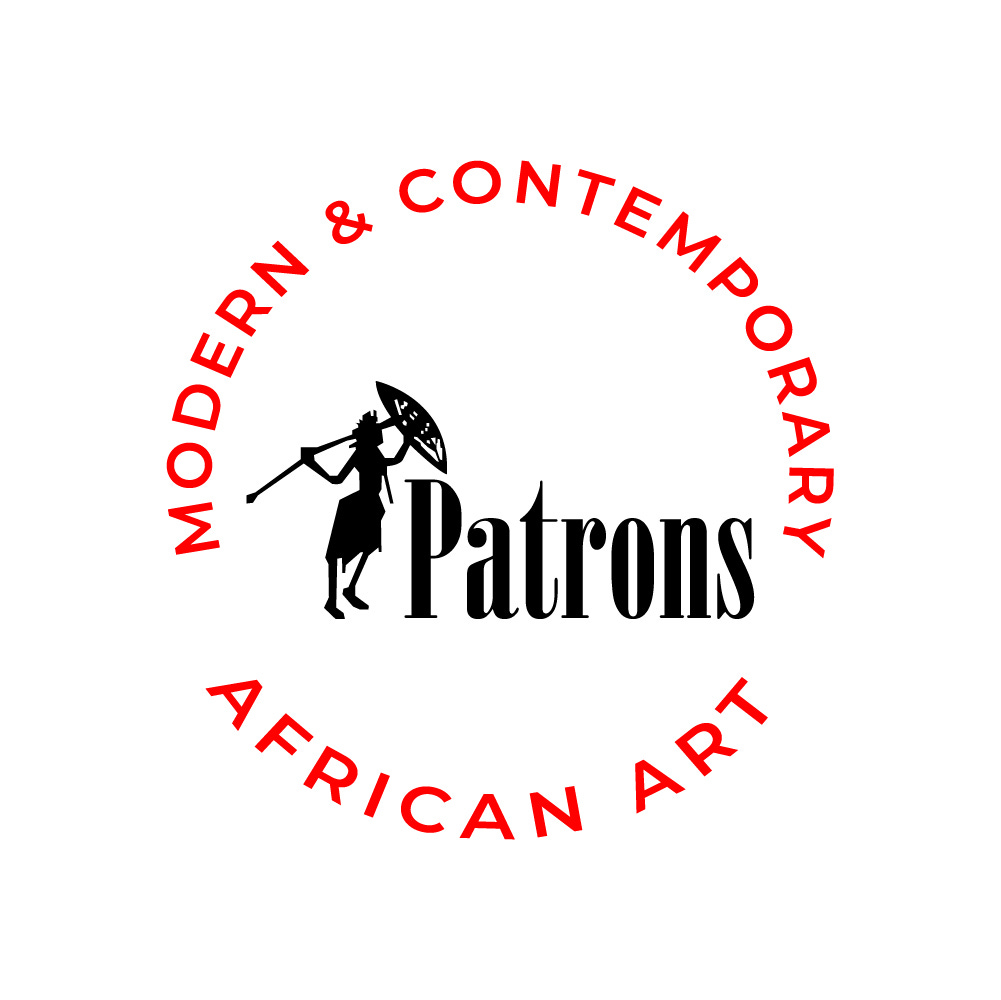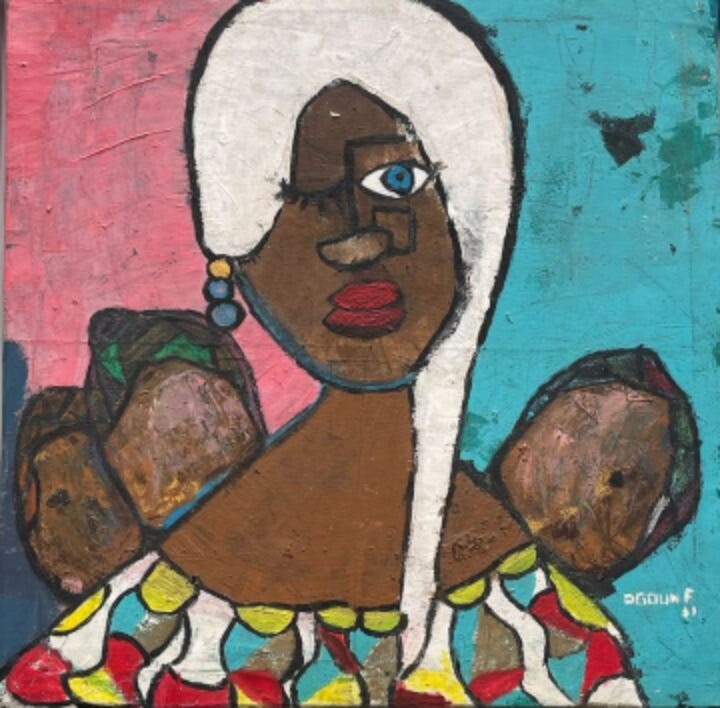Risk and Reward: The Art of Controversial Curation in Africa

Let’s face it—curating art in Africa isn’t for the faint-hearted. Especially when the work ruffles feathers, sparks debate, or challenges deeply held beliefs. That’s exactly what some African curators are doing—and the world is watching.
Across the continent, curators are taking bold steps. They are creating spaces where difficult conversations are sparked and encouraged, where the status quo is questioned, and where art does not just sit on walls—it speaks, protests, mourns, and dreams. It is exciting. It is risky. And it is changing the cultural landscape.
However, with such great power comes serious heat. The curators who walk a delicate line between freedom and friction ponder on questions such as:
Will this piece offend religious groups?
Could this exhibition upset politicians?
Will funders pull out?
Would we sell out or sell at all?
These are real, everyday questions. Yet, in spite of the pressure, many keep pushing forward, determined to let artists tell raw, unfiltered truths about Africa—its past, its present, and its glorious future.
Top Picks from Our Collection



What Makes It Controversial?
In African art, controversy doesn’t always mean nudity or profanity. It often means honesty. An exhibition that explores colonial trauma, gender identity, subsets of political corruption, or religious tensions can trigger major pushback. Take the Lagos-based curatorial team that showcased queer narratives in Nigerian art. The backlash was instant. Threats were made. Yet, the exhibition stayed open, and visitors kept coming. Why? Because it struck a chord, and many viewers were honestly curious.
This is the tightrope African curators walk—especially when art dares to say what society whispers. From Dakar to Nairobi, exhibitions have ignited protests, walkouts, and applause, fuelled by conversations around postcolonial trauma, gender identity, and the politics of memory. And while many applaud this honesty, others accuse curators of “importing Western agendas” or “disrespecting culture”.
Still, many African curators believe their job is not to please everyone but to create spaces for real stories, real tensions, and real dialogue.
The Real Risks—And Why It’s Worth It
Risk isn’t theoretical. Some curators have faced arrests, censorship, or sudden venue closures. Others lose funding or face online harassment. In Ghana, a curator exploring the legacy of ritual practices received threats from traditional leaders. In Zimbabwe, a politically themed art show was shut down even before its opening night.
So why do they do it?
Because the reward is deeply personal. When a curator brings difficult issues into the light, something powerful happens. Audiences connect. Conversations start. Silence breaks. Young people feel seen. Marginalised voices get a platform. That’s what keeps curators going.
And sometimes, the most controversial exhibitions become the most influential. They travel to other countries. They inspire new lines of work. They shift public thinking. The curator becomes not just a gatekeeper of culture but a driver of it.
African Institutions Are Stepping Up
The Good News is: the ecosystem is evolving. African museums, galleries, and art spaces are beginning to embrace bolder narratives. Institutions like Zeitz MOCAA in Cape Town and the Museum of African Contemporary Art Al Maaden (MACAAL) in Marrakech are showcasing works that challenge the traditional, the colonial, and the safe.
In Lagos, the Centre for Contemporary Art (CCA) regularly features artists who explore migration, displacement, and postcolonial trauma. In Nairobi, the Circle Art Gallery has opened up dialogues around identity and belonging.
And crucially, more curators are rising from the communities the art speaks about. They are curating with care, context, and courage. They understand the stakes, but they also know the need. Africa’s story isn’t one-dimensional. And curators are making sure it is told in full colour—even when that makes people uncomfortable.
What’s Next?
Expect more risk. And more reward. African curators are no longer asking for permission. They are carving out new ways of working, grounded in community, history, and boldness.
Of course, not every audience will be ready. But that’s okay. The goal is not to achieve comfort—it’s clarity. It’s connection. It’s seeking what is true.
As one Ghanaian curator puts it, “If no one’s angry, maybe I haven’t done my job.”



